M
Leave a Legacy of Giving
You can support our mission of changing lives by saving sight in multiple ways!
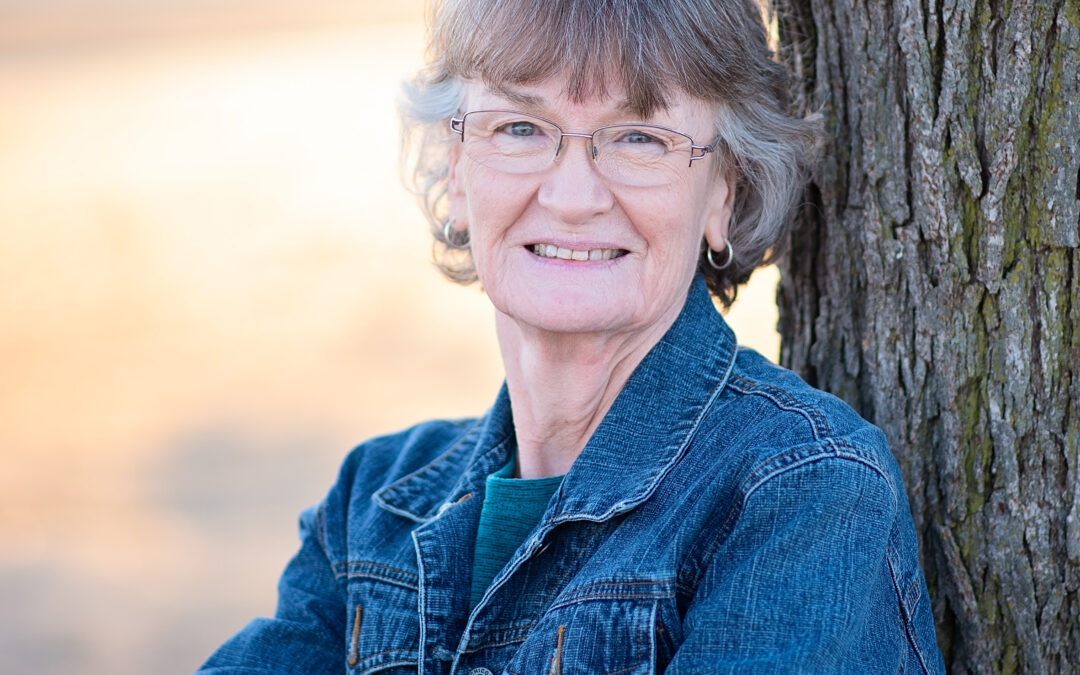
Kathy’s journey to restored sight began after her cataract surgery in the fall of 2023. The procedure that she expected would improve her vision did not deliver the results that she was expecting and led to the discovery of underlying vision issues.
“After my cataract surgery, everyone kept asking me, have you seen the bright lights? Have you seen the bright colors? And I was like…no,” Kathy recounted.
After surgery, swelling persisted in her cornea, and her physician, Dr. Ketcherside, explained that she had Fuchs corneal dystrophy. Fuchs dystrophy is a disease that affects the innermost layer of cells in the cornea. Oftentimes, it is not diagnosed until later in life, and many patients require a cornea transplant to restore clear vision. For Kathy, the answer to restored sight would be the gift of cornea donation and transplantation from two eye donors.
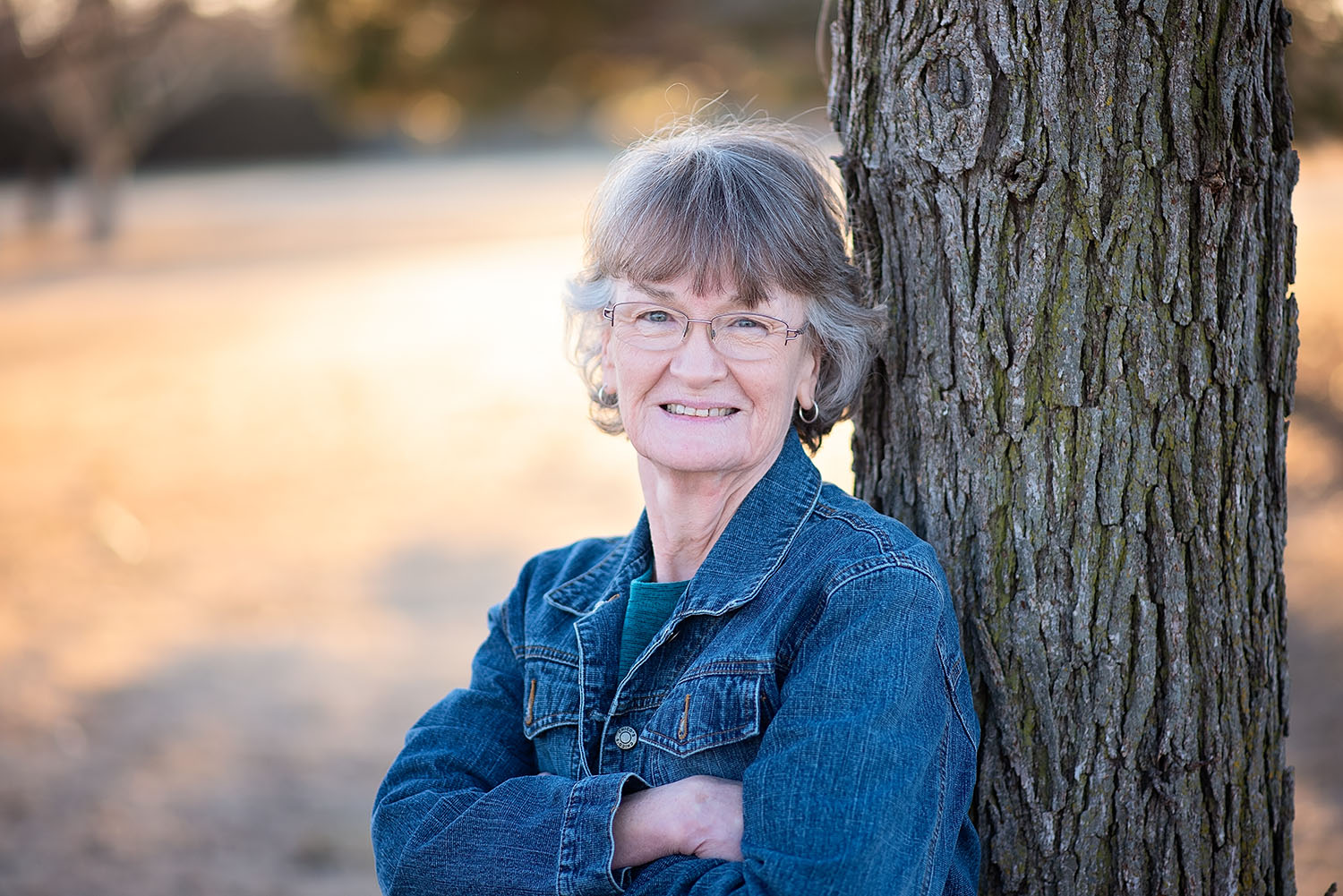
Kathy is so grateful for the gift of restored sight from her donors.
While Kathy was anxious about the surgery, Dr. Ketcherside explained the procedure, reassuring her that it was safe and generally successful. With a newfound sense of hope, Kathy received her first partial-thickness corneal transplant on her right eye in October and a second of the same type of transplant on her left eye in November. In a partial-thickness transplant, only a thin layer of cells that have stopped working in the recipient’s cornea are replaced with donor tissue. The result for many patients is a less invasive procedure, and quicker healing time.
When the stitches came out from her first transplant, Kathy experienced a remarkable change while watching television.
“All of a sudden, the black and whites were just brighter on the show we were watching on television,” said Kathy. “The other eye was more like looking through a light sepia color.”
Since receiving her transplants, Kathy has resumed hobbies like quilting and enjoys more daily independence. Before her surgeries, Kathy would rely on her husband, Steve, to read small print and drive. Now, she and Steve are back to some of their favorite time together, watching the night sky.
“My husband and I like to watch meteors,” said Kathy. “I was having trouble pinpointing the smaller stars and planets. After the transplant, we saw a big meteor at the same time, and it was a ‘woah’ moment.”
Kathy is grateful for the gifts of sight that her donors have given to her.
“It’s just been a miracle,” remarked Kathy. “It’s just opened up a whole new world.”
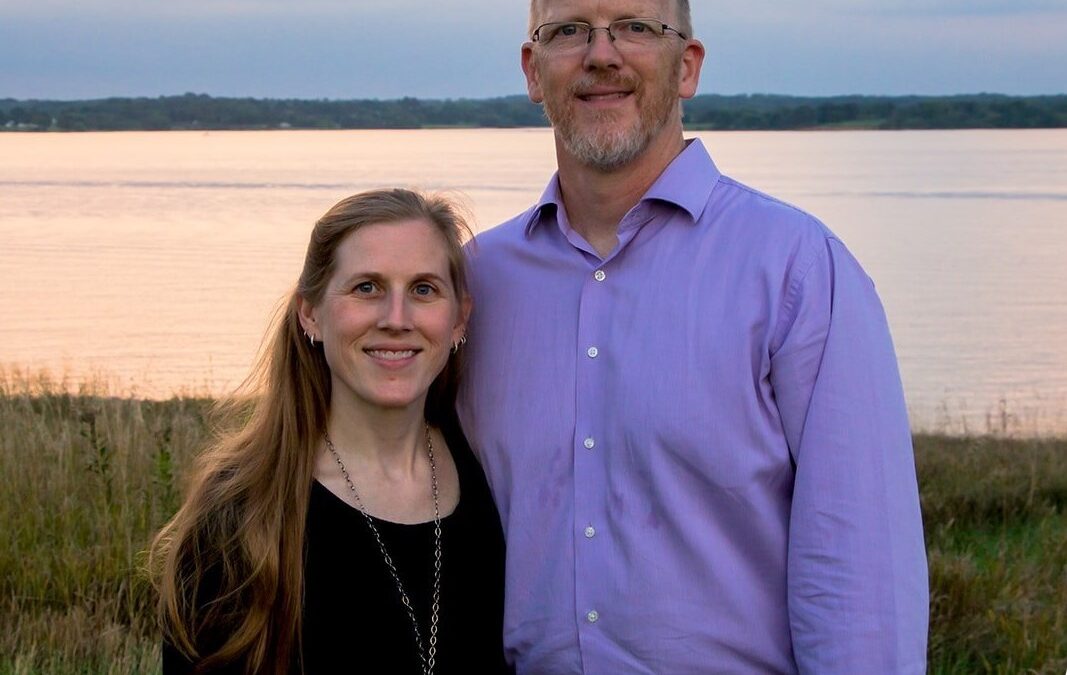
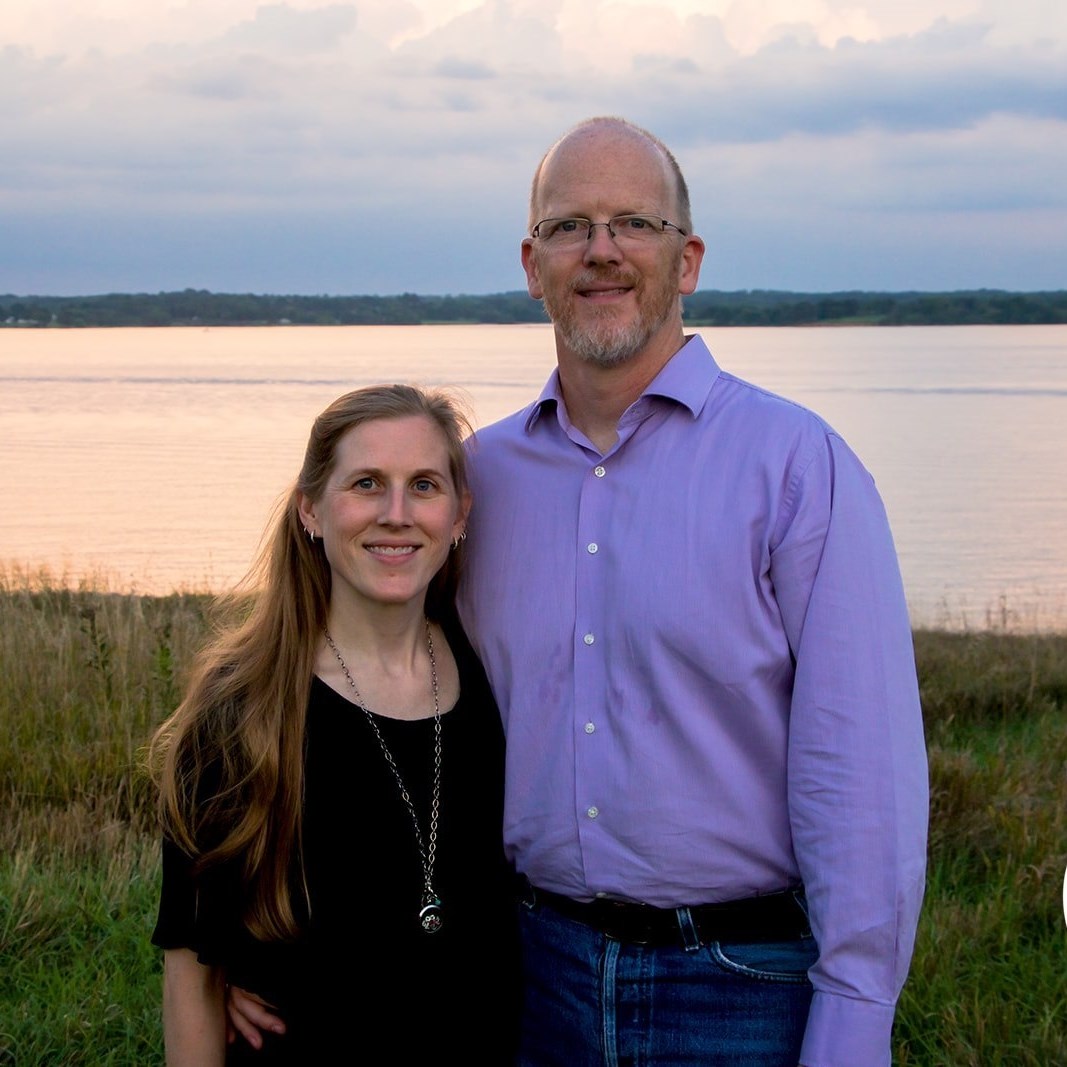
Scott pictured with his wife
Scott’s journey to restored vision began on a farm in central Kansas when he was 19. After unloading grain from storage bins, Scott noticed that his left eye had swollen shut. Scott eventually found his way to Dr. Bruce Grene in Wichita, Kansas where he was treated for bacterial infections, which offered some improvements. Shortly after that Scott was diagnosed with Acanthamoeba Keratitis, a rare infection of the eye. After the infection was treated Scott received his first cornea transplant. The surgery went smoothly, and Scott regained his vision, which remained stable for the next 20 years. Scott was on a tennis scholarship when he received his first cornea transplant, and he said, “The experience of going from playing sports to facing the uncertainty of vision loss had been nothing short of a rollercoaster ride.” Scott was able to see 20/20 uncorrected out of his left eye for nearly 20 years and for a few years after, his vision was corrected by glasses. Since the transplant, many of his optometrists have enjoyed the opportunity to work with his unique circumstances.
Life took an unexpected turn when Scott was involved in a car accident in January of 2023 that resulted in damage to the cornea, lens, and iris of his left eye. This accident led to an emergency cornea transplant performed by Dr. Farhat and his team in Kansas City. Scott praised the expertise of both Dr. Bruce Grene in Wichita and Dr. Farhat in Kansas City, highlighting the crucial roles they played in his journey to sight restoration, many years apart.
Scott’s story not only underscores the enduring human spirit but also the importance of organ, eye, and tissue donation. Scott emphasized the significance of having tissues readily available, contrasting the past when waiting was the norm and he expressed gratitude for the advances in medical science that allow him and countless others to see again.
“I have been the lucky one to have lost vision to both disease and trauma. I have also been fortunate enough to have had it restored via a transplant, and the prognosis is good that we will soon have it returned as I continue to heal from my second,” says Scott. Scott’s story highlights the impact of organ and tissue donation on saving lives and providing hope to individuals facing vision loss. As his journey continues, Scott remains an inspiring example of resilience.
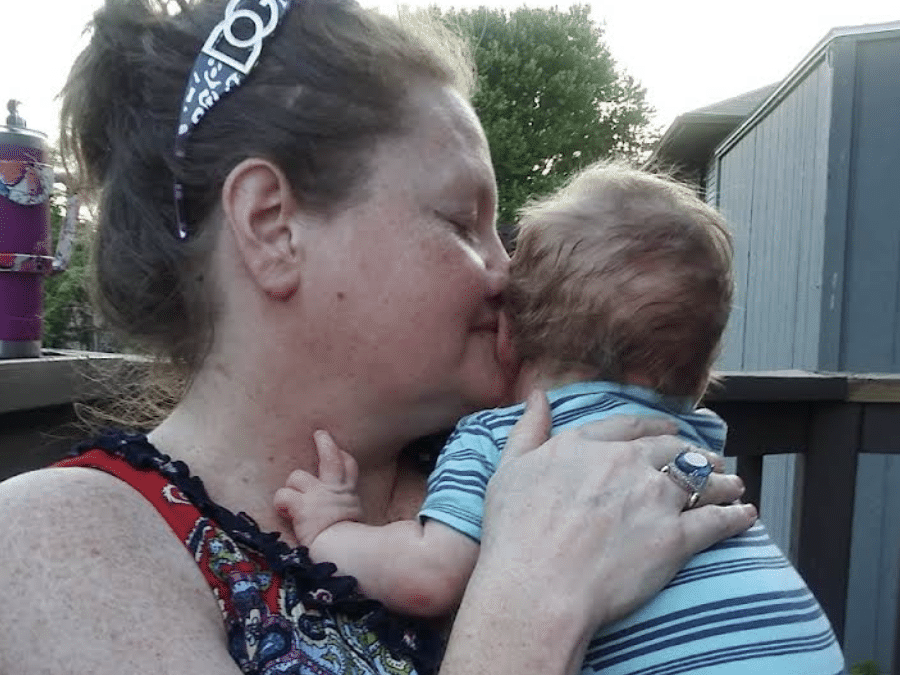
“I wanted to make sure that the transplant would be a success,” said Karie. “I took it very seriously. I didn’t want to take someone’s cornea and have it not work.”
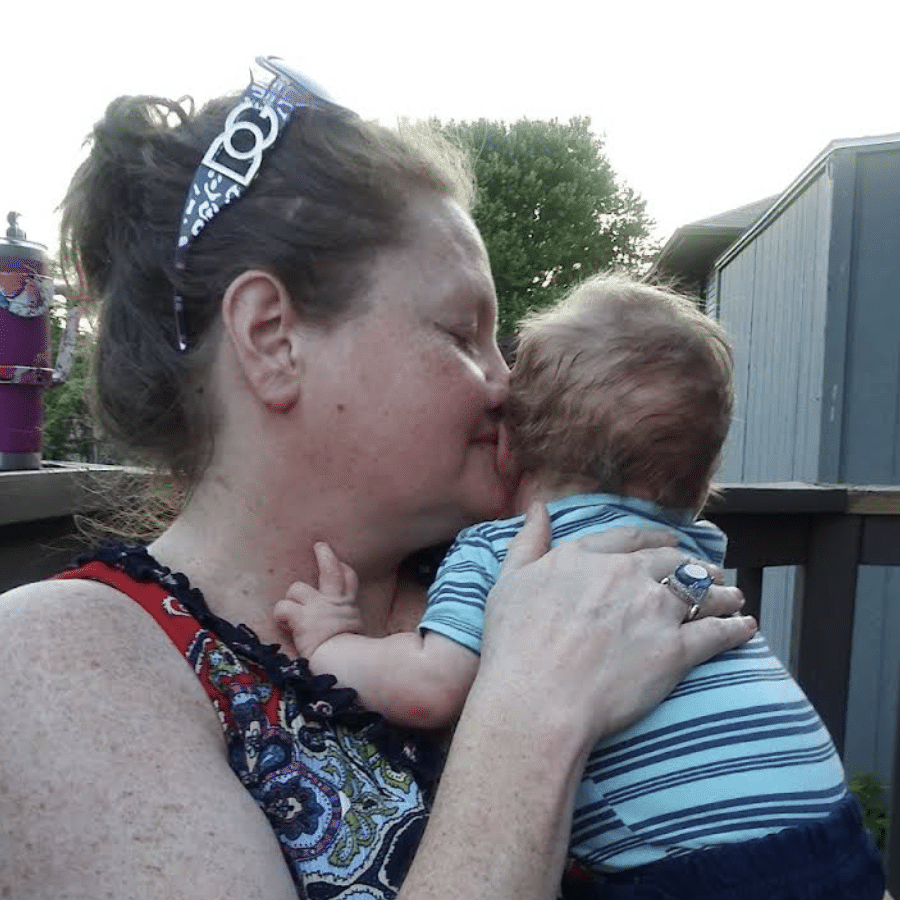
Regained sight has brought so many opportunities for Karie to celebrate with her growing family.
In December 2022, Karie received the gift of a corneal transplant. She recognizes the ultimate gift that was made by a donor had special meaning for her.
“I know that it has to be very hard to lose a family member at all, especially at the holiday,” said Karie. “I would like to do something in this person’s honor. Go somewhere, see something, eat something they liked, or do something they did.”
Post-transplant, Karie’s experienced so many improvements in her sight and quality of life. She is growing closer to driving again and now very infrequently uses a mobility cane for assistance.
“I could see some kinds of shapes and colors, but I could never really figure out what it was,” said Karie. “Now I have peripheral vision again, and they think I may be back to eventually to 20/20 vision.”
Perhaps most importantly, Karie is looking forward to seeing the face of her first-born grandchild this November. Clear vision to see his face and enjoy the sights of a newborn will be priceless for Karie and her family.
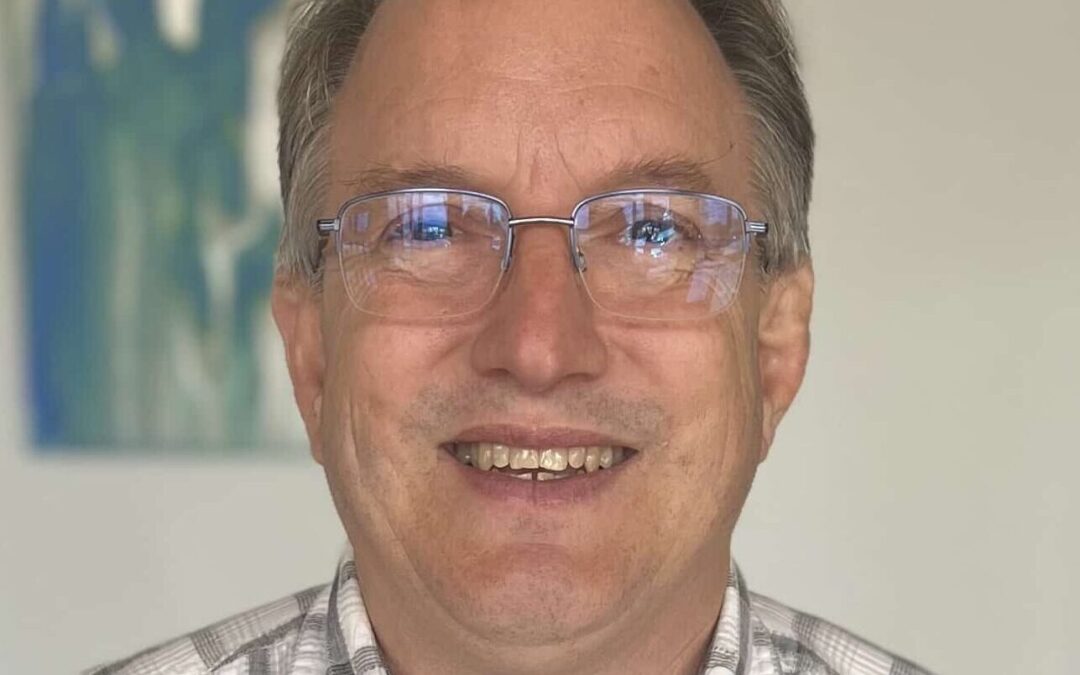
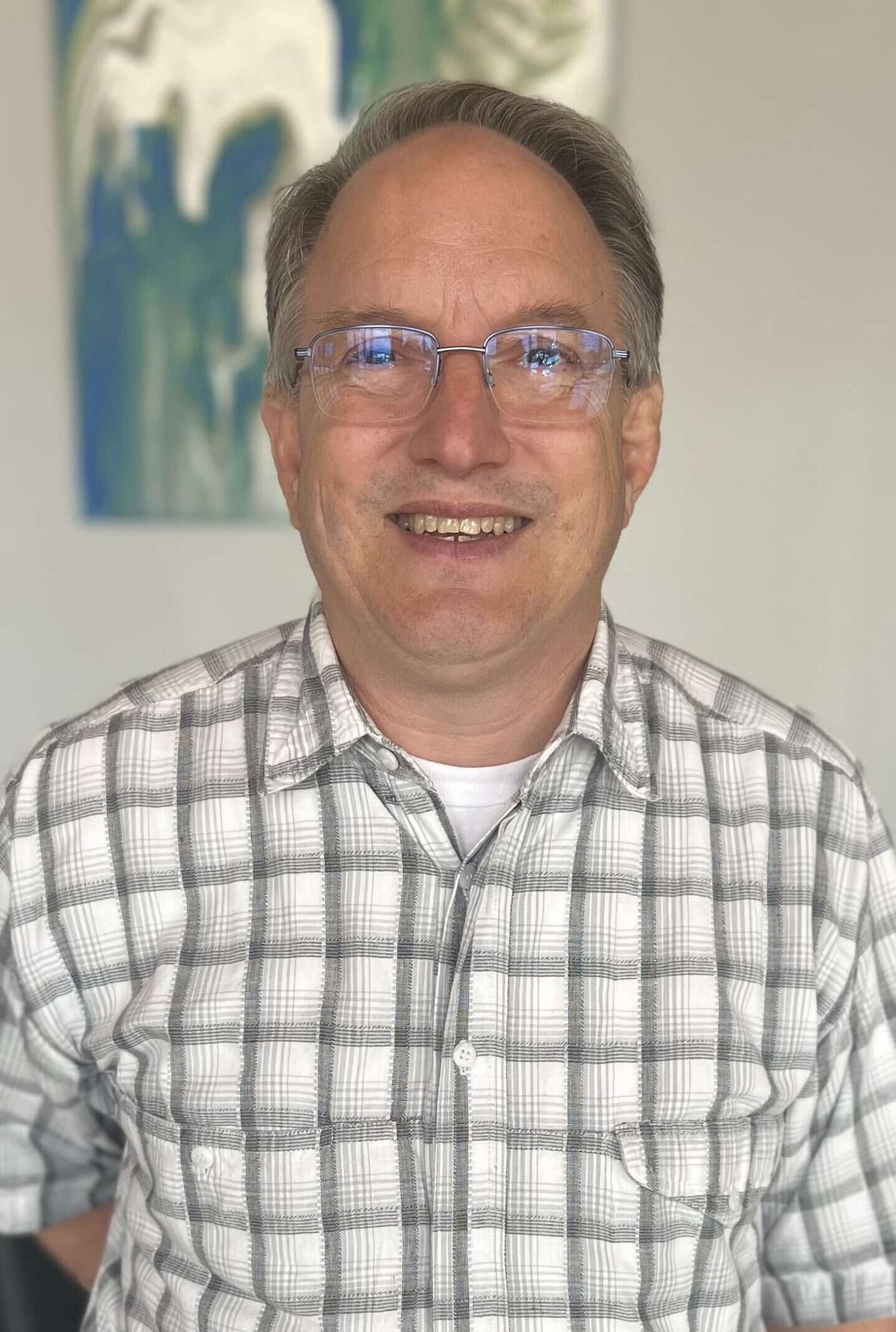 Neal’s life took a transformative turn in April 2022 when he underwent a corneal transplant, bringing newfound hope and clarity to his world. Neal, a resident of Kansas City, suffered from Fuchs Dystrophy, a progressive eye condition that clouded his vision and limited his ability to perform daily tasks. However, the transplant changed everything.
Neal’s life took a transformative turn in April 2022 when he underwent a corneal transplant, bringing newfound hope and clarity to his world. Neal, a resident of Kansas City, suffered from Fuchs Dystrophy, a progressive eye condition that clouded his vision and limited his ability to perform daily tasks. However, the transplant changed everything.
Before the surgery, Neal’s vision was gradually deteriorating, making it increasingly challenging for him to carry out his work supporting his local parish. Since the transplant, Neal’s life has been transformed. He can now see with clarity. The transplant has restored not only his vision but also his independence and livelihood.
Neal’s journey is a testament to the power of medical advancements and the generosity of eye donors and their families. The cornea transplant not only restored his sight but also granted him the opportunity to continue doing what he loves.
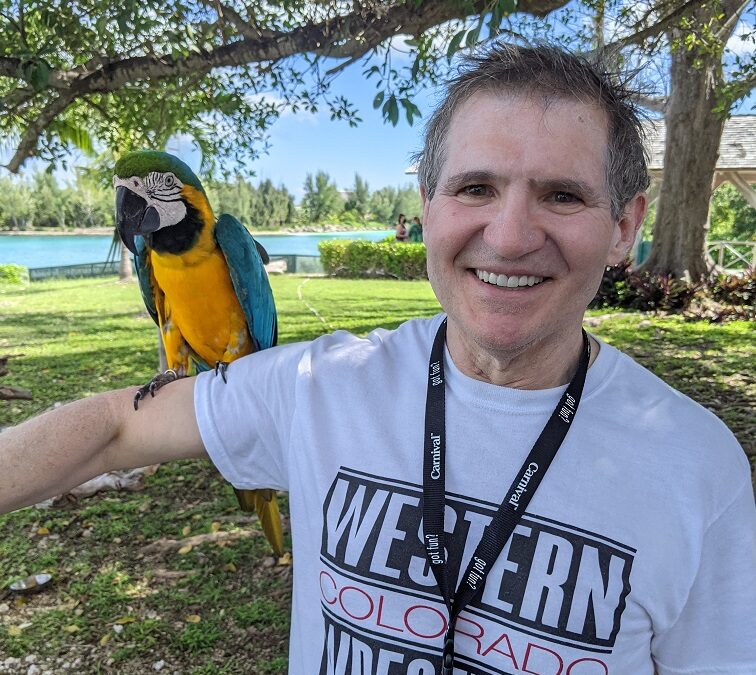
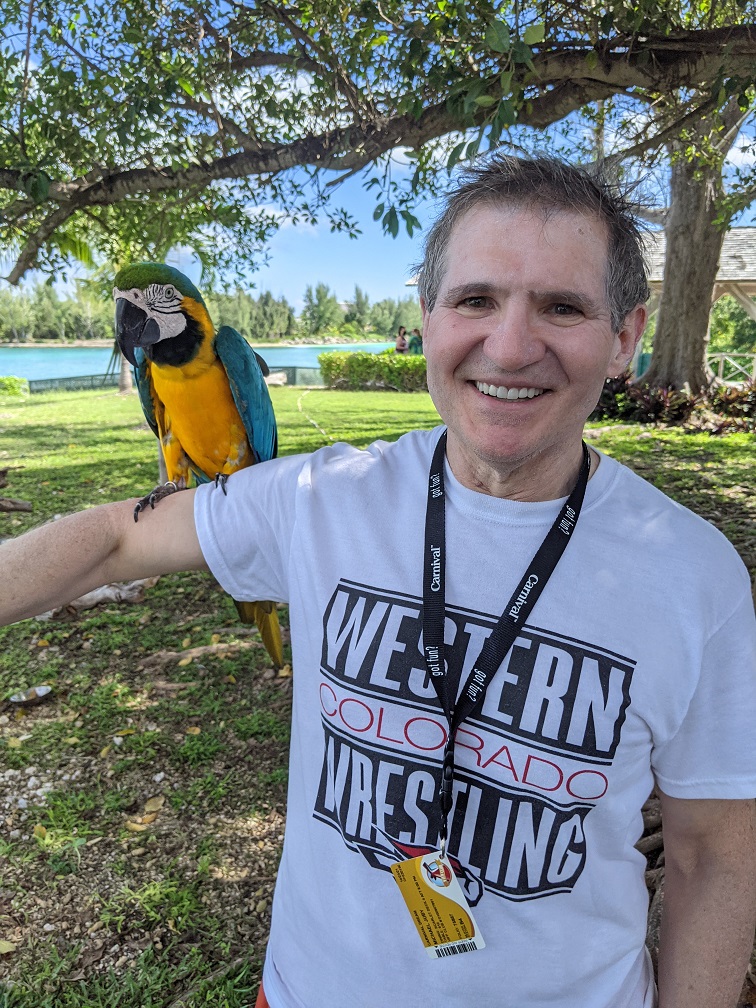 For months, Mike had been fighting an eye infection that just wouldn’t seem to go away. His eye doctor prescribed medicated drops, which seemed to help at first. However, the infection dug in deeper, and eventually, even administering the drops on an hourly basis wasn’t helping.
For months, Mike had been fighting an eye infection that just wouldn’t seem to go away. His eye doctor prescribed medicated drops, which seemed to help at first. However, the infection dug in deeper, and eventually, even administering the drops on an hourly basis wasn’t helping.
Mike spent much of 2022 battling the infection that began in April. After taking a trip to Europe in the fall, his vision became much worse. That’s when he received a consult to see Dr. Kenneth Goins at KU Eye Center. Almost immediately, Dr. Goins identified that Mike would need a corneal transplant to save his eyesight.
“I had no idea that I’d need a transplant-that was not even on my list. I was concerned because I hadn’t been able to see out of that eye for so long, and I knew the infection wasn’t responding to the treatment,” said Mike. “Frankly,I was thinking that there was a good chance that I was going to lose my sight, and it didn’t occur to me to think about a transplant.”
Immediately, Mike had questions about what it meant to be a corneal transplant recipient. Furthermore, it weighed on him knowing that his gift of sight would come from loss.
“I am fully aware that the cornea I received also means that someone lost their life, and a family and friends lost their loved one,” said Mike.“I’m deeply humbled by that and can’t really find anything adequate to say, so I will just leave it that they have my very very deepest gratitude for this gift. Without such profound generosity, I would certainly be losing my sight in that eye.”
On December 30, Mike underwent a corneal transplant procedure to save his sight. While he is still healing from the procedure and gradually regaining vision, his outlook is bright.As a CPA, an active member of his community, and a retired high school wrestling coach, Mike is looking forward to putting his new view to good use. He hopes to spend 2023 in partial retirement, enjoying more of his favorite activities, like scuba diving and traveling.
“It very much meant the world to me. I really had resigned to myself and was thinking about what it was going to be like to live with one eye,” said Mike.“I kept trying to comfort myself that, ‘you can still see with one eye; you can still make things work with one eye.’ But now, with this gift,I may not have to do that.”
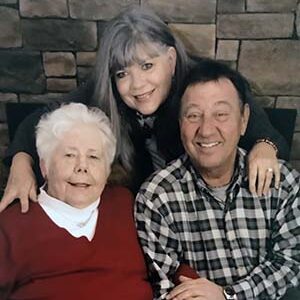
As a funeral director, Diantha worked closely with the eye donation process for many years in her family’s funeral home. She often spoke with families whose loved ones had chosen to give the gift of sight, and therefore was very familiar with Saving Sight and its mission. As a proponent of donation, she’d often discussed the donation process with individuals when pre-planning a funeral. Diantha never guessed that years later, she’d benefit from the gifts of two eye donors.
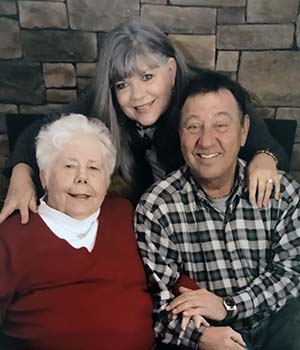
Diantha, in the middle, pictured with her mother and husband.
During a regular eye exam in April 2021, she learned that she would need cataract surgery and had a hereditary eye disease called Fuchs’ dystrophy. For patients with Fuchs’, fluid builds up in the cornea, causing it to swell and thicken. Over time, this can lead to corneal blindness, discomfort, and pain. Diantha’s eye doctor informed her that the disease would likely progress and scheduled her to come back in a year.
Over the next year, her vision continued to degrade to the point where she could barely read and could no longer drive at night.
“The scariest incident I had was while driving alone from Atlanta, GA, to St. Louis,” Diantha recounts. “I miscalculated my time and the weather, and it was starting to get dark before I reached my niece’s hotel room in St. Louis. I literally could barely see road signs, and the car lights were blinding me, so I pulled off the nearest exit, pulled into a convenience store, and called my niece to come get me. I knew it was time to do something.”
In August 2022, Diantha underwent two consecutive corneal transplant surgeries to restore her vision. Both surgeries were successful in restoring her sight. Today, Diantha has resumed her normal day-to-day activities, including driving, reading, and enjoying the beauty in nature that had become a blur. The gifts that two cornea donors and their families gave are precious to her.
“Helping others is very important in life and very rewarding,” said Diantha. “Donation is such a gift to receive, but just as important, the donor family receives the gift of knowing someone has been helped through their donation.”